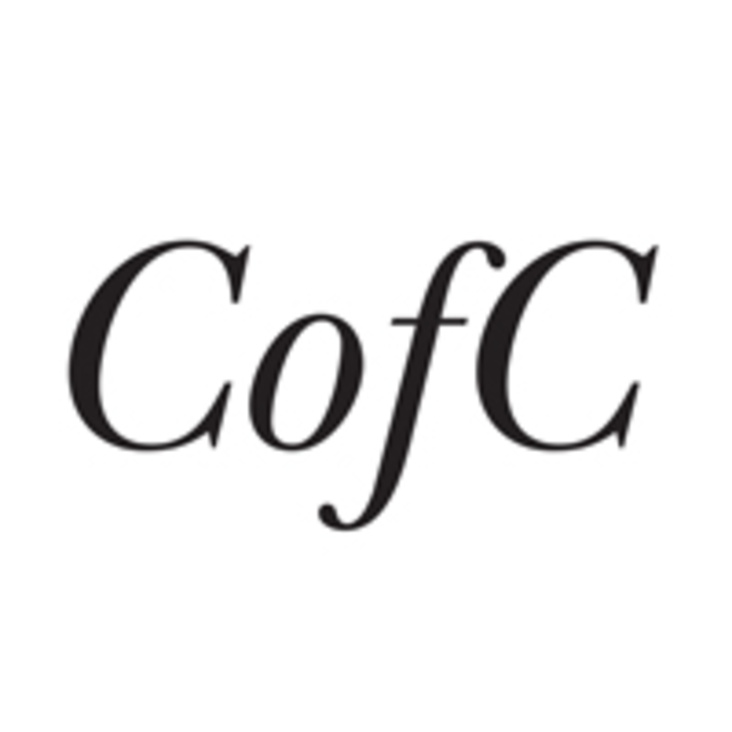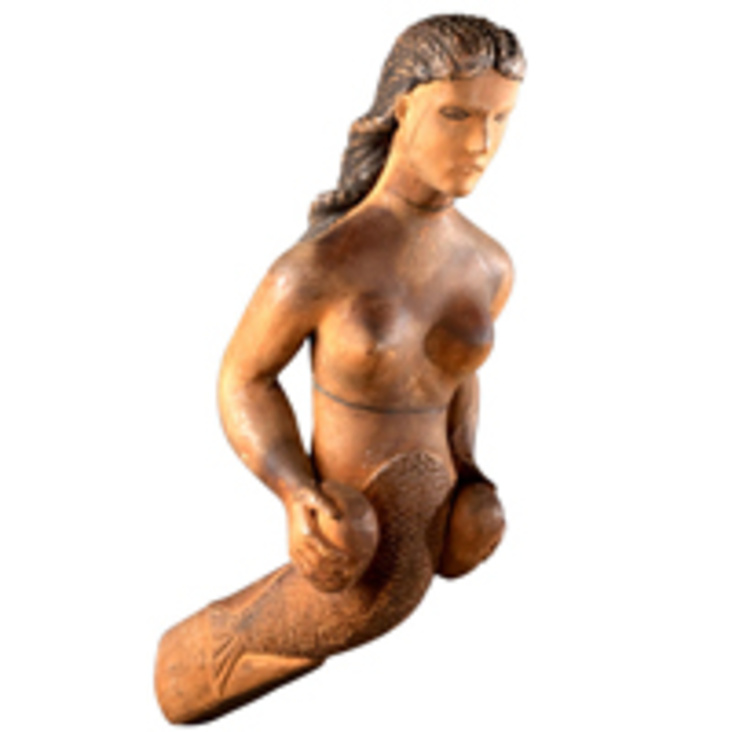This lecture was originally delivered on Tuesday, February 11, 2014 as part of the Seminar Series, Conservation Conversations.
In the above video Francesca Bewer discusses “Material Matters: Early Scientific Inquiry in Archaeology and Art,” and Laurent Olivier will speak on “Henri Hubert Between Durkheim and Mauss: The Visual Reconstruction of Archaeological Time.”
Conservation Conversations are public research
dialogues pairing a conservator and a professor and exemplifying the goal of
“Cultures of Conservation,” a five-year curricular initiative funded by the
Andrew W. Mellon Foundation. For more
information, visit http://cultures-of-conservation.wikis.bgc.bard.edu/.
- 6:13—Opening Remarks with Dean Peter N. Miller
- 10:10—Cultures of Conservation Fellow, Hanna Hölling, Introductory Remarks
- 16:40—Lecture with Francesca Bewer
- 55:47—Lecture with Laurent Olivier
- 1:25:41 - 2:00:00—Panel Discussion with Audience Q&A.
Francesca Bewer is Research Curator at the
Straus Center for Conservation and Technical Studies, Harvard Art Museums. She received her BA in Medieval and
Renaissance Studies at New York University, her MPhil at the Warburg Institute,
University of London, and her PhD at the Institute of Archaeology, University
College, London. Prior to her current
position, Bewer was Research Fellow, Principal Researcher, and Coordinator of
the “Renaissance Bronze Project” at the Museum Scientific Research Laboratory
of the Getty Conservation Institute, Los Angeles. She has published extensively on the
materials and techniques of European Renaissance and Baroque bronze sculpture. Her recent publications include “Bronze
Casting: The Art of Translation,” in David Ekserdjian, ed., Bronze (London:
Royal Academy of Arts; New York: Harry N. Abrams, 2012); “A Chemist under a
Spell: Rutherford John Gettens’s Early Encounters with Chinese Bronzes,” in
Paul Jett, Blythe McCarthy, and Janet G. Douglas, eds., Scientific Research on Ancient Asian Metallurgy: Proceedings of the
Fifth Forbes Symposium at the Freer Gallery of Art (London: Archetype
Publications, 2012); and A Laboratory for
Art: Harvard’s Fogg Museum and the Emergence of Conservation in America,
1900-1950 (Cambridge: Harvard Art Museum; New Haven: Yale University Press,
2010).
Key to the development of Harvard University’s
art museum at the beginning of the last century was the idea that it should
serve as a “laboratory”—a term associated with science that connotes a locus of
inquiry and experimentation. Bewer’s talk at the BGC will offer an overview of
how scientific procedures and thinking were incorporated into the care and
study of works at the Fogg Museum, and how that led to its becoming a crucible
for art conservation in the US. It will examine interactions between
scientists, restorers, art connoisseurs, art historians, museum professionals,
artists, and students that the museum was associated with in the days when the
boundaries of expertise began to shift and before the necessity of a dialogue
between the different voices was widely accepted.
Laurent Olivier is Curator-in-Chief of the
Celtic and Gallic Department at the National Museum of Archaeology in
Saint-Germain-en-Laye, France, Professor of National Antiquities at the École
du Louvre, and Reader in the History and Theory of Archaeology at the École
Pratique des Hautes Études. He received his PhD in Archaeology at the
University of Cambridge. Olivier has authored over two hundred scientific
papers and book chapters. His recent
publications include Nos ancêtres les
Germains: les archéologues français et allemands au service du nazisme
(Paris: Tallandier, 2012); The Dark Abyss
of Time: Memory and Archaeology, trans. Arthur Greenspan (Lanham: AltaMira
Press, 2011); and L’art gaulois,
co-author, Christophe Renault (Paris: J.-P. Gisserot, 2010).
Throughout his career at the Museum of
National Antiquities in Saint-Germain, Henri Hubert devoted himself to a huge
work of acquisition, ranking, and presentation of the museum’s collections,
whose volume doubled during its working life. Intensely occupied by his
inventorying, studying, and organizing, Hubert wrote little on his method of
sorting the archaeological and ethnographic collections. Drafts of plans and
handwritten notes preserved in the archives of the museum now allow us to
understand how his original approach was based on the phenomena of
transformations and the transmissions of stylistic inheritance.


















